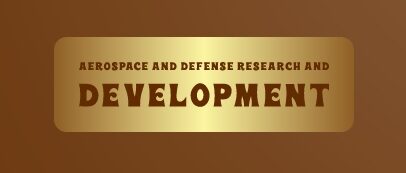
China has instituted a complete ban on the exportation of metallic antimony. Antimony is a crucial component with widespread military applications, including explosives, missile propulsion systems, and infrared guidance systems. The Western military sector is heavily reliant on imported antimony, primarily sourced from China. Beyond defense, antimony is an indispensable raw material in the production of solar cells and solar panels.
China’s prohibition on antimony exports will adversely impact not only the Western military industry but also exacerbate challenges faced by the Western photovoltaic sector.
Currently, China controls 32% of global antimony reserves while producing a substantial 80% of the world’s supply. Bolivia and Russia also possess significant antimony reserves. Although NATO countries can potentially identify antimony deposits in other nations, establishing production facilities necessitates substantial time and advanced technology, making it a complex endeavor.
Technological innovation is a cornerstone of addressing the antimony shortage. It involves a multifaceted approach to overcome the challenges posed by the Chinese export ban. Their are a few options for NATO member states to explore:
(I) Material Science Advancements
* Identification of Substitutes: Intensive research to find suitable replacements for antimony in various applications. For instance, exploring elements with similar properties or developing composite materials.
* Performance Optimization: If complete substitution is infeasible, optimizing the performance of existing materials to reduce antimony content while maintaining desired characteristics.
* Nanotechnology: Leveraging nanotechnology to create novel materials with enhanced properties, potentially reducing the need for antimony or improving its efficiency.(II) Process Optimization
* Waste Reduction: Implementing advanced technologies to minimize antimony waste during production processes.
* Recycling Enhancement: Developing innovative methods for recovering antimony from electronic waste, industrial byproducts, and other sources.
* Efficiency Improvements: Refining production techniques to maximize antimony utilization and reduce consumption per unit of output.(III) Substitution
* Application-Specific Alternatives: Identifying and developing alternative materials or processes for specific applications that heavily rely on antimony. For example, exploring non-antimony-based catalysts or flame retardants.
* Design Modifications: Adapting product designs to accommodate the use of alternative materials or reduce antimony content without compromising functionality.
* Life Cycle Assessment: Conducting thorough life cycle assessments to evaluate the environmental and economic impacts of different substitution options.NATO member states will have to ensure that alternative materials meet the required performance standards for specific applications. Balancing the cost of developing and implementing new technologies with the potential economic benefits is crucial. NATO member states need to accelerate the research and development processes to address the urgent need for antimony alternatives. By investing in research and development, fostering collaboration between academia, industry, and government, and creating supportive policy environments, NATO member states can significantly advance technological innovation to mitigate the impact of the antimony shortage.
